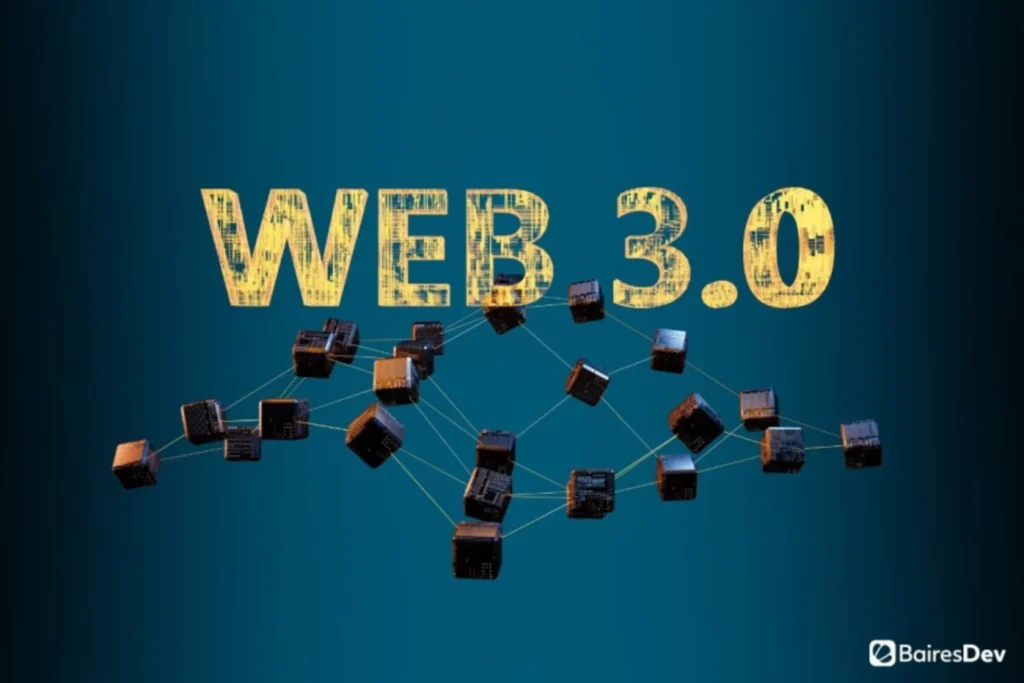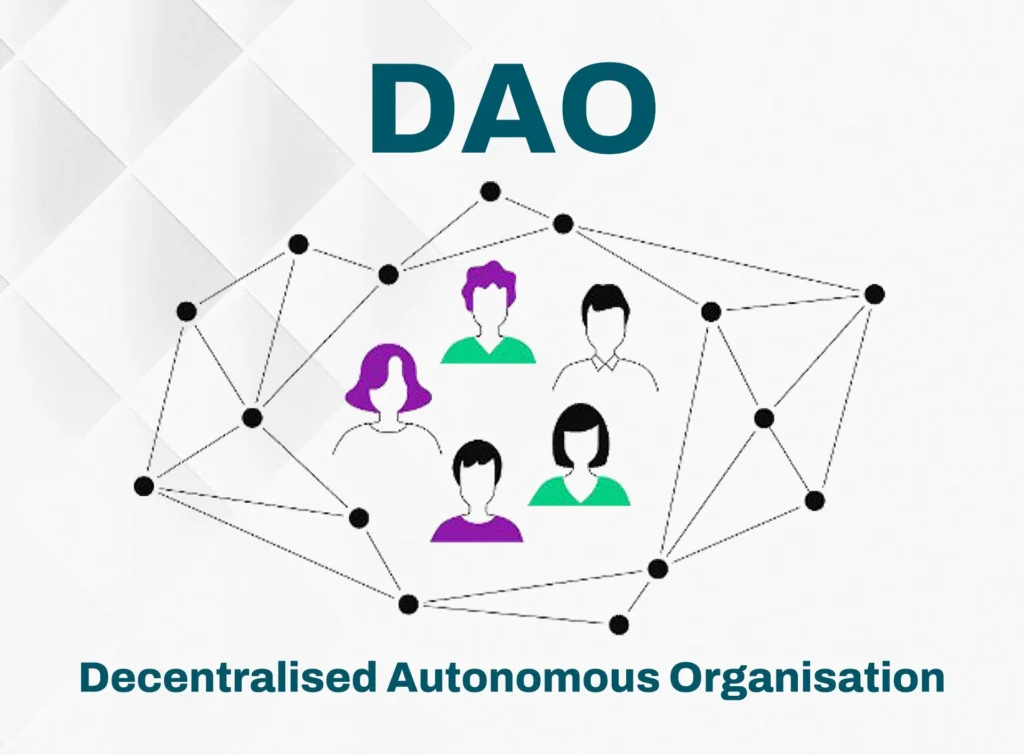Is Web3 Education Ready for the Real World? A Legal & Regulatory Perspective
Let’s be honest — Web3 education sounds intimidating to most people. Smart contracts, gas fees, non-custodial wallets… it’s a vocabulary that turns off many newcomers. But here’s what’s more concerning: as more people enter the space, many are engaging with Web3 platforms without a clear understanding of the risks, rights, or responsibilities involved.
And that’s not just a UX problem. It’s a legal and regulatory concern.


Why Legal Teams Should Pay Attention to Web3 Education
Web3 education isn’t only about onboarding new users—it’s about mitigating liability and ensuring regulatory compliance. When people don’t understand how tokens work, or the difference between custodial and non-custodial wallets, it increases the risk of disputes, scams, and violations of consumer protection laws.
The question for regulators and legal professionals isn’t just “Is Web3 hard to learn?” — it’s “Is the current educational landscape good enough to protect users and companies alike?”


The Compliance Gap in Web3 Learning
Let’s break it down: most users are not reading whitepapers or watching Ethereum Foundation talks. They’re watching TikToks, clicking through onboarding flows, or buying NFTs from their favorite brands. These educational moments are brief, informal—and often lack sufficient legal disclosures.
That creates a compliance gap.
- Misleading terminology (e.g., calling NFTs “collectibles” without clarifying ownership limits)
- Unclear user rights (e.g., do users own the asset or just access?)
- Inadequate disclosures about wallet responsibility, data permanence, or token risks
Legal clarity can’t be buried in the terms of service. If your platform relies on user comprehension to function safely, education becomes part of your legal infrastructure.


Who’s Responsible for Web3 Education?
This is where the legal conversation gets complicated. When users lose funds due to misunderstanding a transaction, who’s at fault? The user? The platform? The wallet provider?
There’s an emerging view that platforms have a duty to educate, especially when onboarding non-technical users. That doesn’t mean offering legal advice—but it does mean creating onboarding flows, UX, and help content that support informed use.
Some regulators are already watching this space, particularly in jurisdictions with strong consumer protection frameworks (EU, U.S., Singapore). As the line blurs between digital experience and financial interaction, expect more scrutiny.
The Rise of Legal-Adjacent Web3 Education
Fortunately, some platforms are starting to adapt. New educational efforts aim not just to teach what Web3 is—but how to engage responsibly:
- Simplified wallets that educate users about seed phrase management and recovery risks
- Guided DAOs that explain governance models and voting rights
- NFT marketplaces offering clearer copyright and licensing terms
- Course platforms targeting professionals, creators, and legal advisors—not just developers
This isn’t just good design—it’s risk mitigation. The more educated users are, the fewer compliance issues arise down the line.

What Legal Teams Can Do Now
Whether you’re advising a Web3 startup or regulating one, here are practical ways to approach Web3 education from a legal lens:
- Audit onboarding flows — Are disclosures visible, understandable, and legally sound?
- Support plain-language UX writing — Legal doesn’t have to mean complicated.
- Advocate for modular, just-in-time education — Teach users what they need to know at the exact moment they need it.
- Track common misunderstandings — Many legal issues stem from repeat user confusion. That’s a sign your education layer needs work.
- Push for cross-disciplinary content — Legal, product, and marketing teams should align on how key concepts are presented to users.
Final Thoughts: Web3 Education Is a Legal Layer
Web3 education isn’t just about helping users “get it.” It’s a fundamental layer of responsible platform design. In a decentralized world where code can’t be recalled and transactions can’t be reversed, education is the first and sometimes only line of legal defense.
So yes, Web3 may be hard to learn. But the real question is: can users afford not to learn it? And can legal teams afford to ignore the role education plays in everything from liability to trust?
Because in Web3, ignorance isn’t just risky—it might be noncompliant.
Relevant Link : Here





